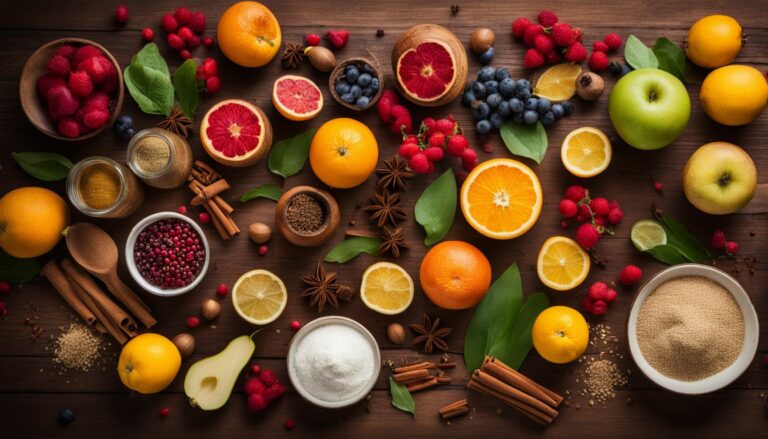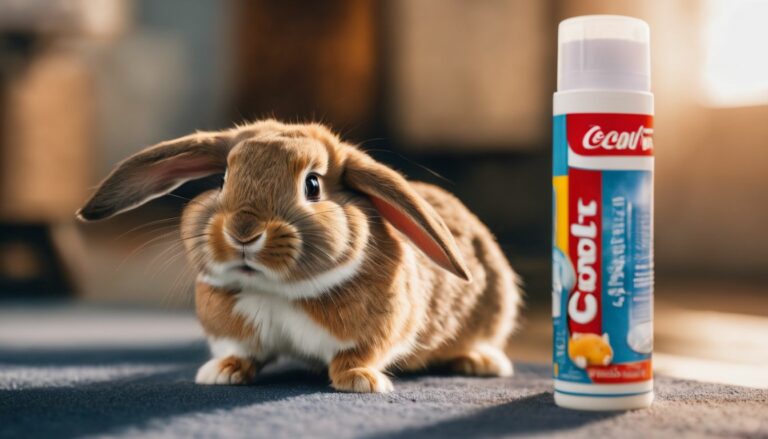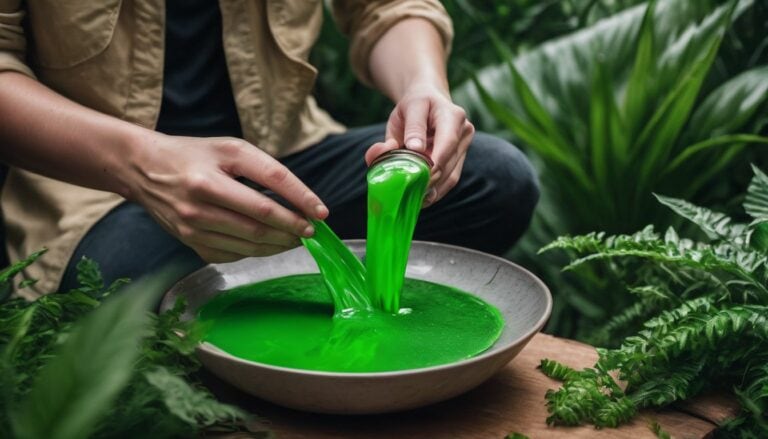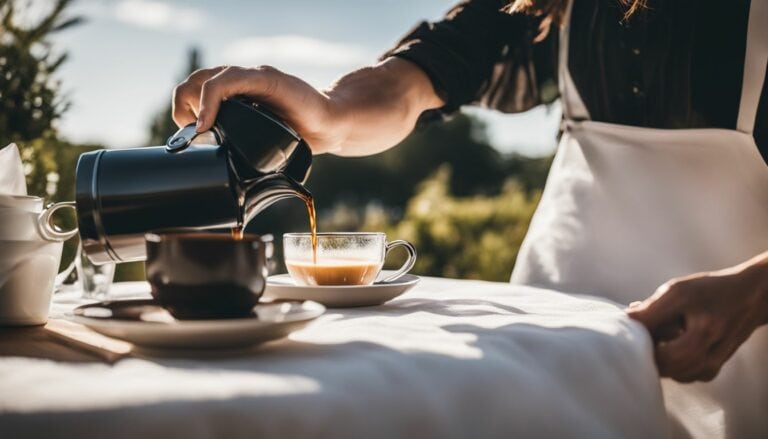How To Embrace Bamboo Fabric To Unleashing A New Sustainable Textile Revolution!
Are you wondering what bamboo fabric is and whether it’s a sustainable choice for clothing? Bamboo fabric, made from the pulp of bamboo grass, has become increasingly popular due to its potential environmentally friendly properties.
In this article, we’ll investigate the production process and environmental factors of bamboo fabric to help you make informed consumer choices. Keep reading if you want to delve into the world of eco-conscious fashion!
Key Takeaways
- Bamboo fabric is made from the pulp of bamboo grass and goes through a chemical process to create soft and durable fabrics.
- Not all bamboo fabric is sustainable. Many products use harsh chemicals in their production, which can harm the environment.
- Bamboo cultivation has a low environmental impact because it grows quickly and requires little water or pesticides. However, concerns arise with the chemical processing involved in turning bamboo into fabric.
- Independent certification is important for determining the sustainability of bamboo fabric, as it ensures ethical practices and transparency in production. Exploring alternative eco-friendly fabrics like hemp or organic cotton can also be a sustainable choice.
What is Bamboo Fabric?
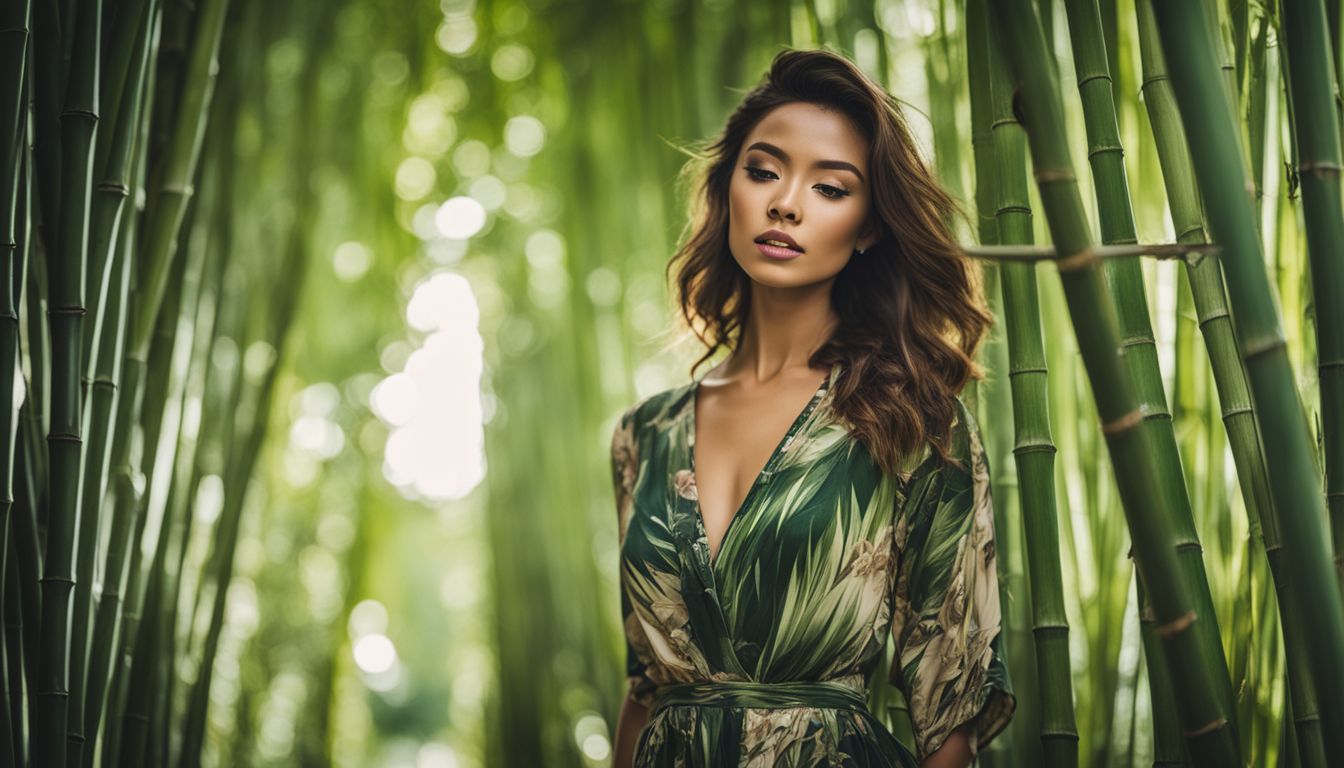
Bamboo fabric is a type of textile made from the cellulose fibers of the bamboo plant, which goes through a chemical process to create soft and durable fabrics.
How it is made
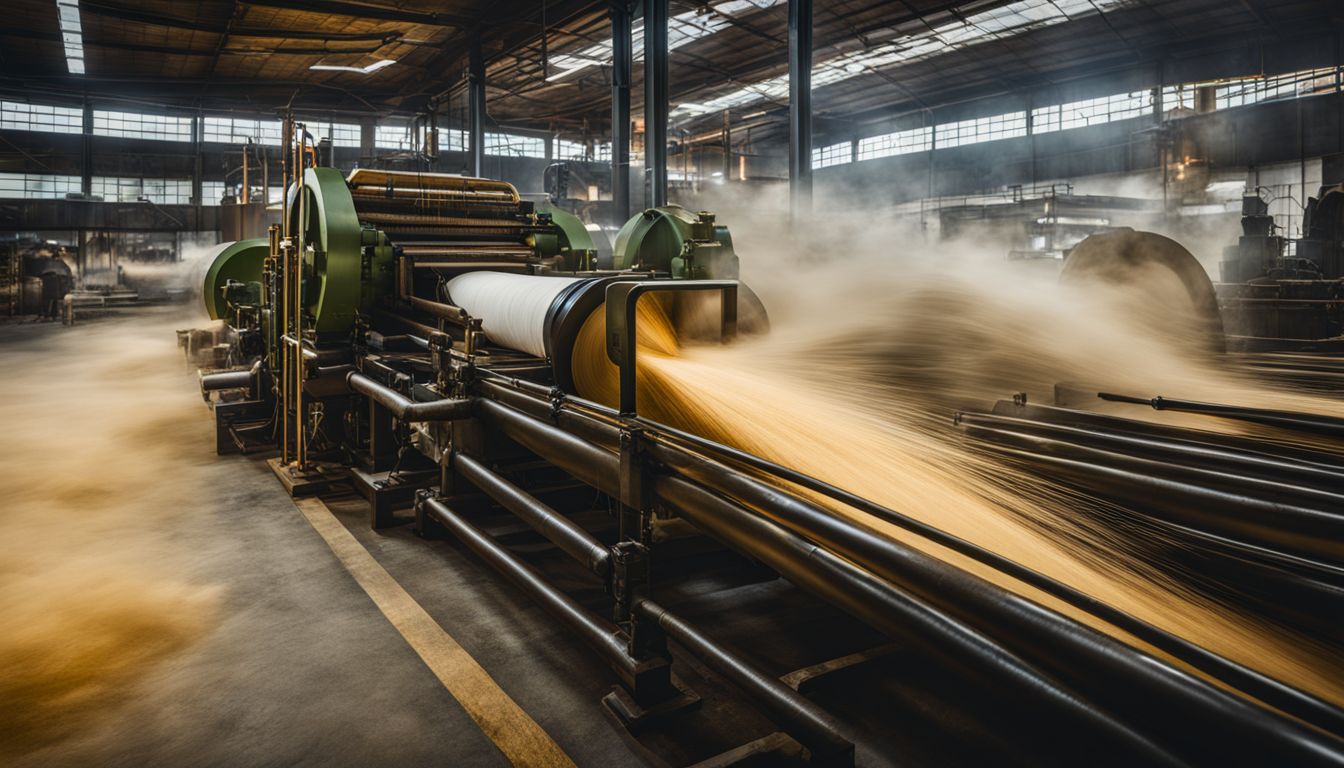
Bamboo fabric comes to life through a unique process. First, bamboo stalks are cut down and then shredded into small bits. The bits are soaked in water to break them down even more. After that, they mix the bits with a chemical bath. This changes the bamboo into a mushy pulp. The pulp is taken out and dried until it becomes hard and brittle.
Once brittle, it gets ground up into fine dust. Next, they dissolve this dust in a special solution to make it soft and gooey again. Machines spin this gooey mixture into thin fibers by pushing it through tiny holes. Finally, all these fibers get woven together to create bamboo fabric. While making bamboo fabric can help save water and prevent the use of harmful chemicals, the process also has room for improvement.
Types of bamboo fabric

Bamboo fabric comes in many types. Each type has its own method of making it. Let’s look at the three main types.
- Bamboo Rayon: This is the most common type that you see in shops. To make bamboo rayon, a lot of harsh chemicals are used. This harms our earth.
- Bamboo Modal: It feels very soft and is light to wear. However, it also needs chemicals for making. Because of this, it may not be that good for nature.
- Bamboo Linen: This type is rare and hard to find. Its making does not need a lot of bad stuff, so it’s better for our world.
Pros and cons of bamboo fabric

Bamboo fabric, like all materials, has its advantages and disadvantages. Here’s a detailed breakdown of its pros and cons.
| Pros | Cons |
|---|---|
| Bamboo grows rapidly, making it a highly renewable resource. It needs very little water and pesticides to grow, contributing to its sustainability factor. | Not all bamboo fabric is created equal in terms of sustainability. Many products made with bamboo fabric are not as sustainable as they claim to be due to the chemical processing involved. |
| Bamboo fabric can be a highly sustainable option if grown under the right conditions and when made from lyocell, as it involves recycling of chemicals and water. | Most bamboo fabrics on the market are a type of rayon. The process of turning bamboo into this type of fabric involves many chemicals which can be harmful to the environment. |
| Bamboo textiles can be one of the most sustainable options for an eco-friendly closet. | When compared to other alternative fabrics like hemp, bamboo fabric is considered less sustainable. Hemp requires fewer inputs and has a lower environmental impact. |
The Sustainability of Bamboo Fabric

Bamboo fabric’s sustainability is assessed by considering its environmental impact, including concerns about chemical processing and its comparison to other viscose fabrics.
Environmental impact of bamboo cultivation

Bamboo cultivation has a relatively low environmental impact compared to other crops. Bamboo is known for its rapid growth and does not require much water or pesticides. In fact, it can grow up to three feet in just 24 hours! This makes it a highly sustainable option for textile production.
Additionally, bamboo absorbs more carbon dioxide than trees, which helps in reducing greenhouse gas emissions. However, it’s important to note that the sustainability of bamboo fabric depends on how it is cultivated and processed.
Some concerns include deforestation and the use of harsh chemicals during processing. Therefore, choosing bamboo fabric that is made through eco-friendly methods such as lyocell manufacturing process can help minimize these negative impacts on the environment.
Concerns about chemical processing
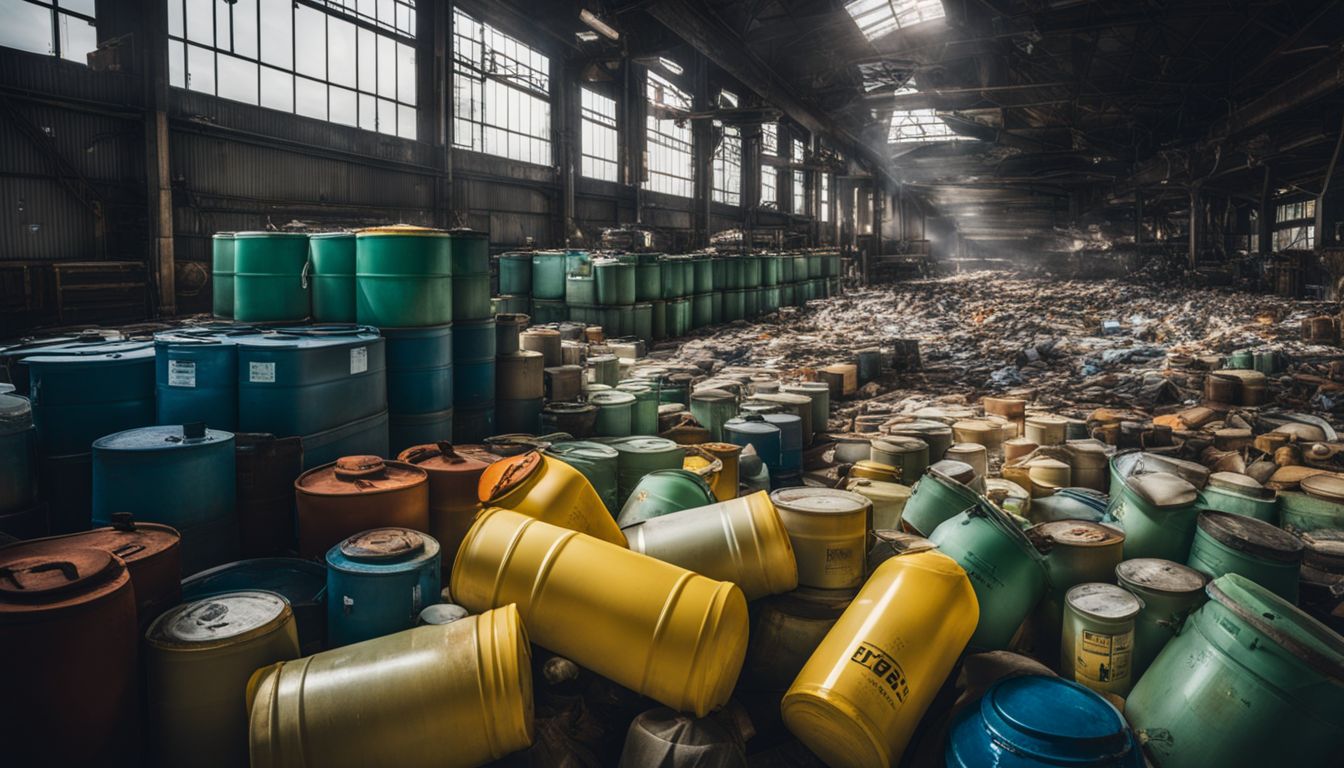
Bamboo fabric, although considered sustainable in terms of cultivation, raises concerns when it comes to the chemical processing involved in turning bamboo into fabric. The majority of bamboo fabrics on the market are derived from a process called rayon.
This process involves using chemicals like sodium hydroxide and carbon disulfide, which can be harmful to both human health and the environment. Additionally, the manufacturing of bamboo fabric often requires a large amount of water and energy.
These factors contribute to the environmental impact associated with bamboo fabric production and raise questions about its true sustainability compared to other textile options. It’s important for consumers to be aware of these concerns and consider alternative eco-friendly fabrics that have lower environmental impacts during their manufacturing processes while still being comfortable and fashionable choices.
Comparison to other viscose fabrics

Bamboo fabric compares in various ways to other viscose textiles, such as traditional viscose, modal, and lyocell, particularly regarding sustainability.
| Fabric Type | Production Process | Environmental Impact |
|---|---|---|
| Bamboo Fabric | Most bamboo fabrics are made using a chemical process similar to viscose but using bamboo pulp. Mercerization with lyocell fibers offers a more sustainable option. | Bamboo fabrics made from lyocell have less environmental impact due to the recycling of water and chemicals in the process. |
| Viscose | A chemical process is used to dissolve wood pulp into a viscous solution, which is then spun into fibers. | The production process involves harmful chemicals, leading to environmental pollution unless properly managed. |
| Modal | Modal is a type of viscose that undergoes an additional stretching process, creating a stronger, ultimately softer material. | Though modal shares viscose’s pollution concerns, it, however, requires less energy in production, making it slightly more sustainable. |
| Lyocell | A more modern manufacturing process involves less harmful chemicals and includes recycling of water and solvents. | Lyocell production has a significantly lower eco-footprint than traditional viscose. |
This table shows that while bamboo fabric has the potential to be a sustainable option depending on the production method, other viscose fabrics face similar environmental concerns, largely tied to their production process. It’s crucial for consumers to research and understand how their textiles are produced for an informed sustainable choice.
A Deeper Look into Sustainable Bamboo Fabric
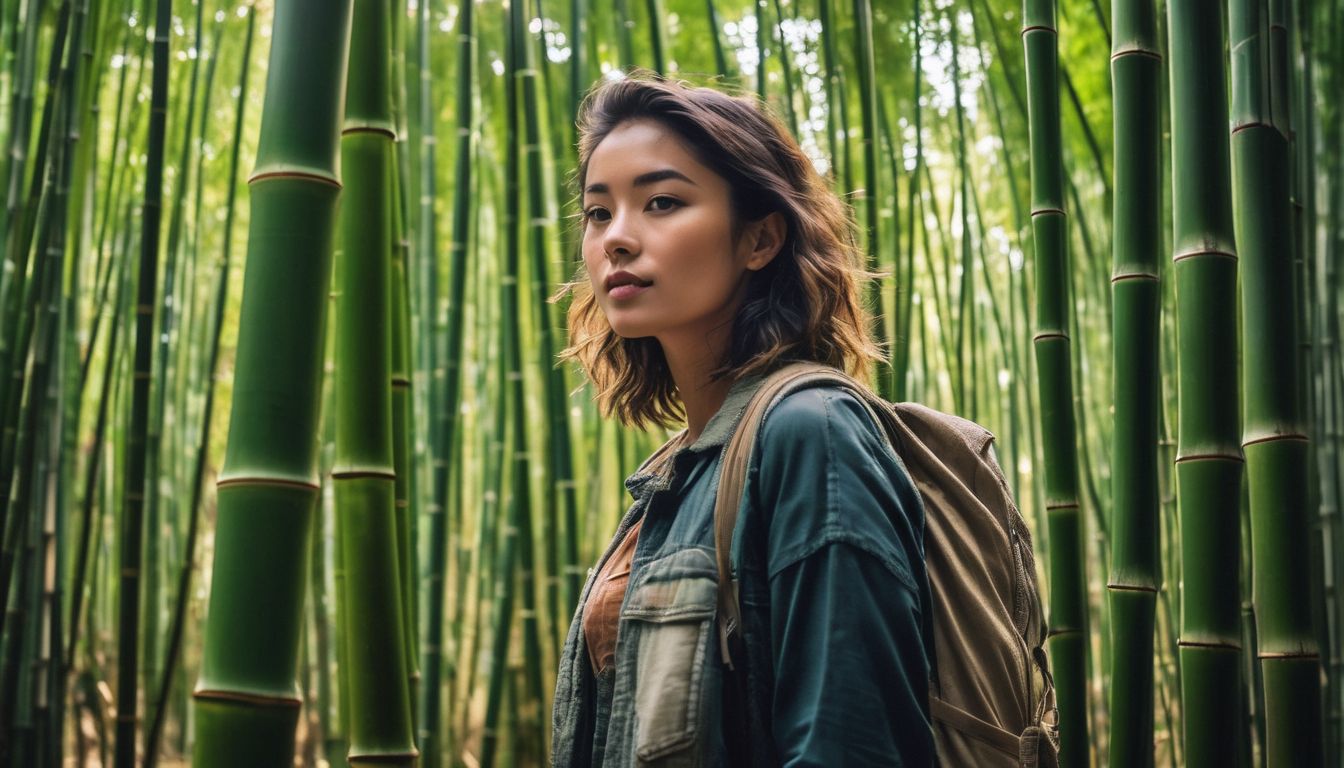
Bamboo fabric is often marketed as a sustainable choice for clothing and textiles. However, it’s important to take a closer look at the production process to truly evaluate its sustainability.
Most bamboo fabrics on the market are actually a form of rayon, which involves chemical processing. This raises concerns about the environmental impact of producing bamboo fabric.
One more sustainable option is bamboo cloth made from lyocell, which involves recycling chemicals and water during production. This method uses lyocell fibers and is considered the best process for creating bamboo fabric.
It’s also worth noting that not all bamboo fabric is created equal in terms of sustainability. Labels such as bamboo rayon, bamboo modal, and bamboo linen can be found on different types of products.
While growing bamboo itself has many sustainable qualities – such as fast growth with minimal water and pesticide use – it’s important to consider how the fiber is processed into fabric before determining its overall sustainability.
Ultimately, choosing certified organic or independently verified sustainable options will help ensure that your choice in clothing supports eco-conscious fashion practices while reducing environmental harm.
Independent Certification and Sustainable Bamboo Swaps

Independent certification is crucial in ensuring the sustainability of bamboo fabric, as it provides transparency and verification of ethical practices. Additionally, exploring alternatives to bamboo fabric can be a sustainable choice for those concerned about its environmental impact.
The importance of independent certification

Independent certification plays a crucial role in determining the sustainability of bamboo fabric. It provides assurance to consumers that the product meets certain environmental and social standards.
Without independent certification, it can be difficult for shoppers to differentiate between truly sustainable bamboo fabrics and those that may not live up to their claims. Certification labels such as Global Organic Textile Standard (GOTS) or OEKO-TEX ensure that the bamboo fabric has been produced without harmful chemicals, in a way that minimizes environmental impact and promotes fair labor practices.
These certifications give consumers confidence in choosing eco-friendly options and encourage brands to prioritize sustainability throughout their supply chains.
Alternatives to bamboo fabric

- Hemp fabric, which requires fewer inputs and has a lower environmental impact.
- Organic cotton, which is grown without harmful pesticides and chemicals.
- Tencel or lyocell fabric, made from sustainably harvested wood pulp.
- Linen fabric, made from flax plant fibers that are biodegradable and require less water than cotton.
- Modal fabric, a type of rayon made from beech trees that can be produced in an eco – friendly way.
- Recycled polyester, made from PET bottles and other post – consumer waste materials.
These alternative fabrics offer sustainable options for those looking to reduce their environmental impact while still enjoying comfortable and stylish clothing.
Factors to Consider in Evaluating Bamboo Fabric Sustainability
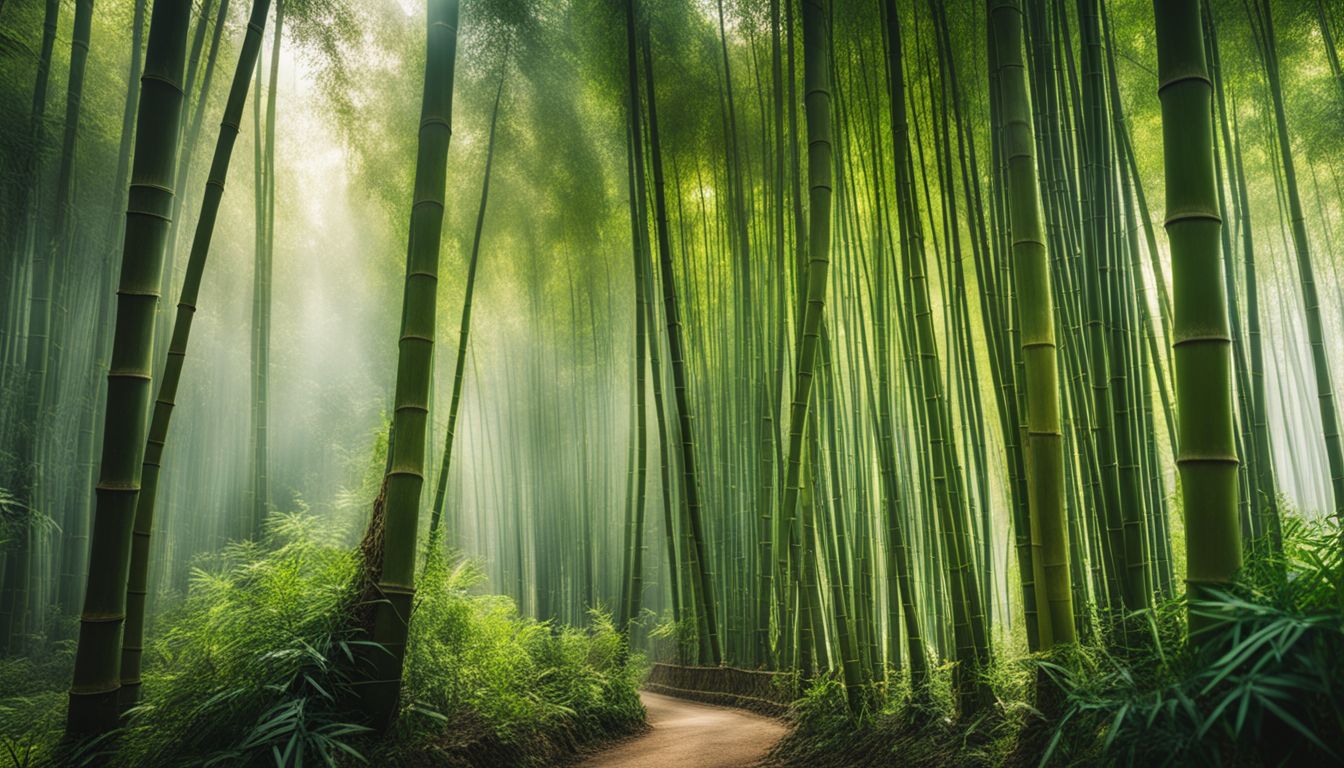
Consider factors such as mercerization for textile bamboo, care instructions for bamboo fabric, and the difference between bamboo fabric and cotton.
Mercerization for textile bamboo

Mercerization is an important process for making textile bamboo more sustainable. It involves treating the fabric with a solution of caustic soda, which improves its strength and luster.
Mercerized bamboo fabric, particularly those made from lyocell fibers, have a lower environmental impact compared to other forms of bamboo fabric. This process also helps to make the fabric more durable and resistant to shrinkage.
So if you’re looking for a more sustainable option when it comes to bamboo clothing, be sure to choose products that have gone through mercerization.
Care for bamboo fabric
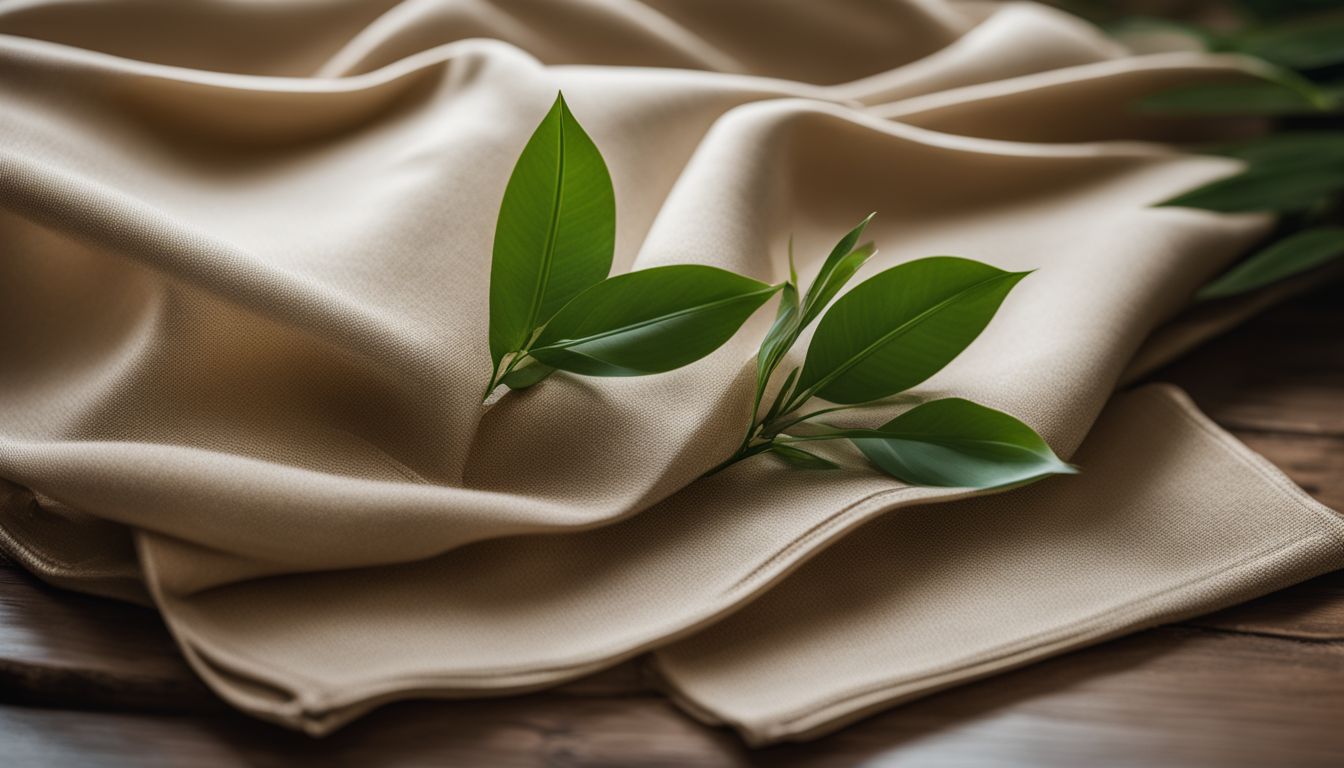
Bamboo fabric is easy to care for and can last a long time with proper maintenance. Here are some tips on how to care for bamboo fabric:
- Machine wash on a gentle cycle: Use cold water and a mild detergent when washing bamboo fabric. Avoid using bleach or fabric softeners, as they can damage the fibers.
- Hand wash option: If you prefer, you can also hand wash bamboo fabric in cold water with a gentle detergent.
- Avoid high heat: Bamboo fabric is sensitive to high temperatures, so it’s best to avoid placing it in the dryer or ironing it on high heat. Instead, air dry your bamboo clothing or use the low-heat setting on your dryer.
- Ironing: If you need to remove wrinkles from your bamboo fabric, use a low-temperature setting on your iron or steam them out gently.
- Storage: When storing bamboo clothing, make sure it is clean and completely dry to prevent any mildew or odors from developing. It’s also advisable to store them in a cool and dry place away from direct sunlight.
Difference between bamboo fabric and cotton
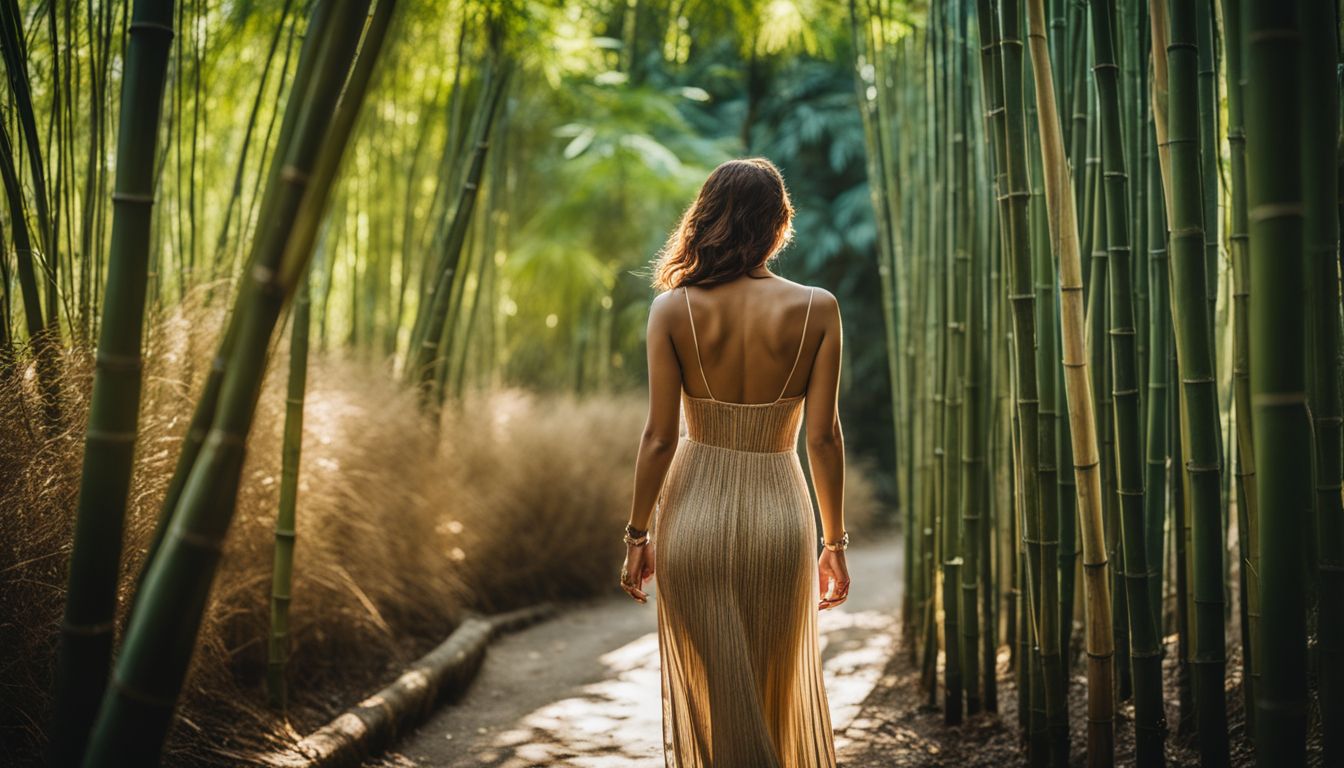
Bamboo fabric and cotton have distinct properties and impacts on the environment.
| Factor | Bamboo Fabric | Cotton |
|---|---|---|
| Growth Rate | Bamboo grows rapidly, making it a highly renewable material. | Cotton does not grow as quickly as bamboo. |
| Water Use | Bamboo needs very little water to grow, making it more sustainable in terms of water use. | Cotton tends to require significant amounts of water, which can be an environmental concern. |
| Pesticide Use | Bamboo typically requires fewer pesticides than cotton. | Cotton often requires more pesticides, which can harm the environment and workers. |
| Chemical Processing | Most bamboo fabrics are a form of rayon and involve heavy chemical processing. | Cotton also undergoes chemical processing, but its processing is typically less intensive than that of bamboo rayon. |
| Sustainability | Not all bamboo fabric is created equal in terms of sustainability. | Cotton, particularly organic cotton, can also be a sustainable choice if grown and processed responsibly. |
Conclusion: Is Bamboo Fabric Truly Sustainable?
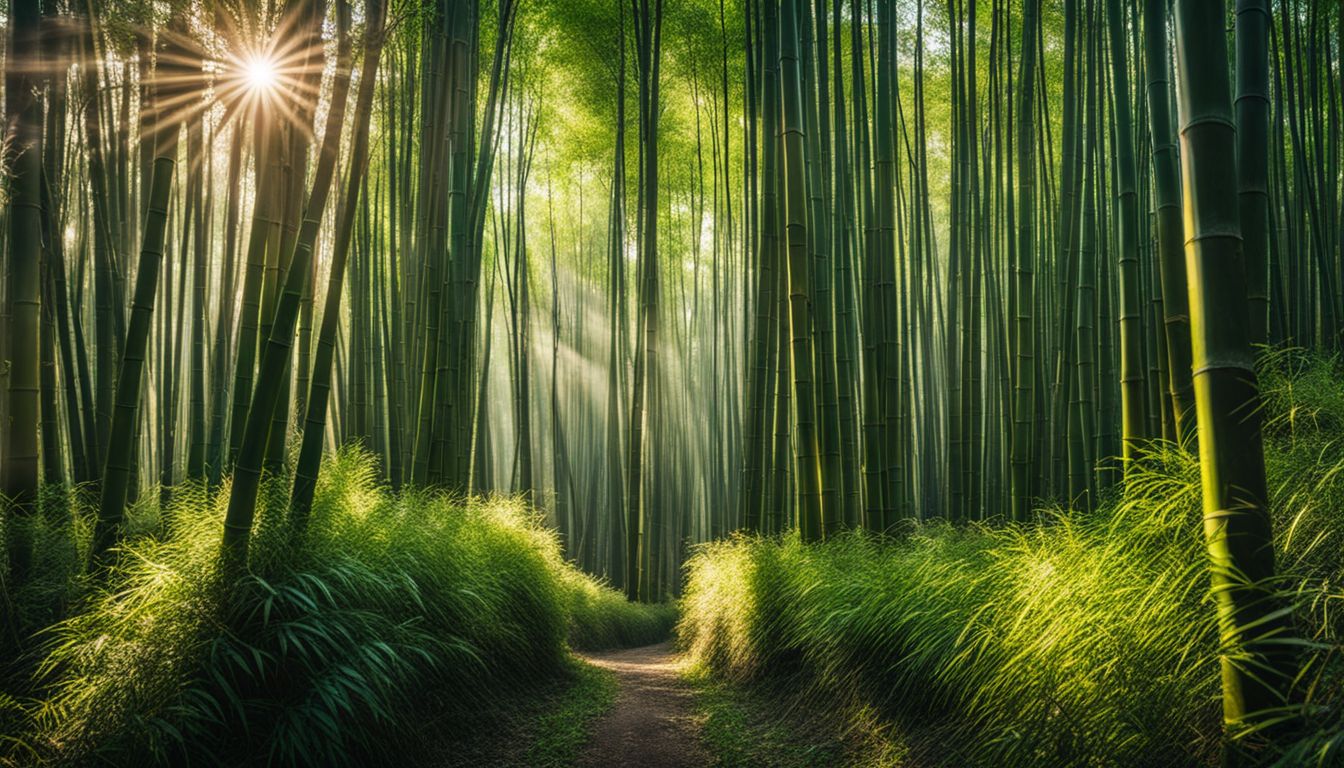
Bamboo fabric can be a sustainable option for fashion, but it depends on how it is grown and processed. While bamboo grows quickly and needs little water or pesticides, not all bamboo fabrics are equally sustainable.
Some types of bamboo fabric involve chemical processing that raises concerns about its environmental impact. It’s important to consider factors like independent certification and alternative materials when evaluating the sustainability of bamboo fabric.
FAQs
1. Is bamboo fabric sustainable?
Yes, bamboo fabric is considered sustainable because bamboo is a fast-growing and renewable resource that does not require pesticides or excessive water to grow.
2. How is bamboo fabric made?
Bamboo fabric is made by extracting cellulose fibers from the bamboo plant and then processing them into yarn, which can be woven into various textiles.
3. Is bamboo fabric soft and comfortable to wear?
Yes, bamboo fabric is known for its softness and comfort. It has a smooth texture similar to silk or cashmere and has moisture-wicking properties that help keep the wearer cool.
4. Does using bamboo as fabric have any environmental benefits?
Using bamboo as a fabric can have environmental benefits because it requires fewer resources compared to traditional fabrics like cotton or polyester. Additionally, some types of production methods for turning bamboo into yarn are less chemically intensive than other textile manufacturing processes.


